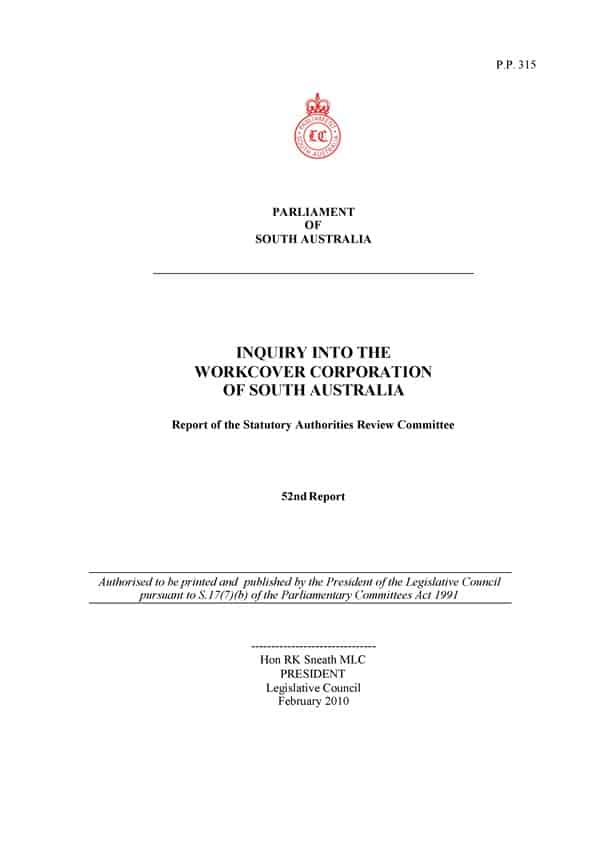Workers’ compensation clearly has become a political issue in Australia recently due to cock-ups, and electioneering.
Embarrassment
The Australian Financial Review has embarrassed the Liberal Party’s shadow Minister for WorkCover in Victoria, Gordon Rich-Phillips. Rich-Phillips issued a media release claiming the Victorian Government had been inactive on some deficiencies in the WorkCover system that had been highlighted by the chief justice of the Supreme Court. Unfortunately, the Government had responded with legislative changes that had already been in Parliament. The Government was provided a free political kick in this election year. Continue reading “Workers comp becomes political but not in a nice way”


